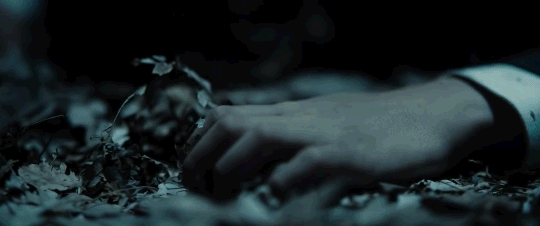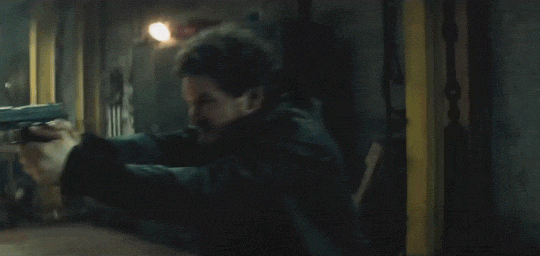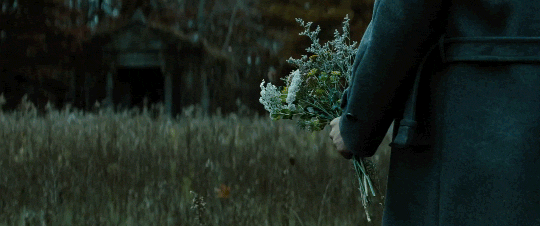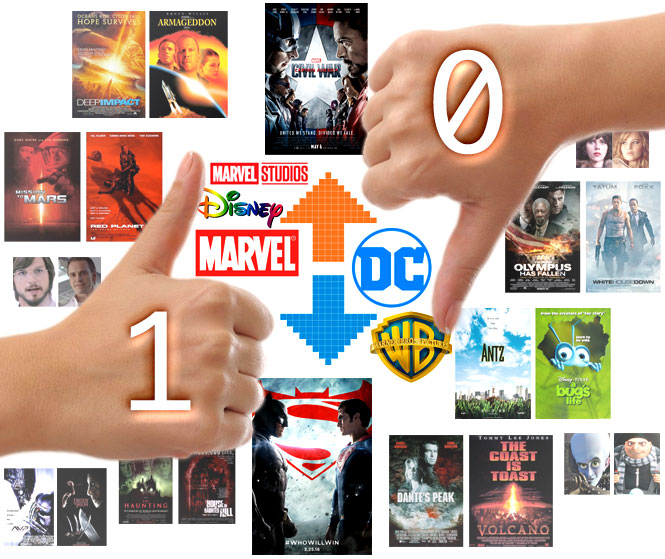How Haste Hurt the Heroes in Batman V. Superman: Dawn of Justice (2016)
The Dream World of Zack Snyder
As I sat in the darkened theater and the beautiful opening sequence of Batman V Superman drew to a close, and single falling pearl clued me into the fact that I was watching a dream as opposed to a memory. I know for a fact that people around me in the audience missed it, because I heard the dude next to me in the audience snickering when the “beautiful lie” dream sequence concluded with bats lifting young, traumatized Bruce Wayne up into the sky. We were five minutes into the movie, and already I knew it had lost some people, and I knew exactly why.

A few moments later as Ben Affleck’s narration came in and corrects audience perceptions by revealing the sequence to be a dream, a visual metaphor, a “beautiful lie,” the Snorty Dude settled down. But it was a moment, very early in the film, that made clear to me that the movie was going to challenge the audience in some ways. Ways both fair and meritorious, and unfair and accidental.
The sequence I mention above is beautiful, visually engrossing. The movie itself is as well, and Snyder’s use of slow motion, powerful cinematography, and Herculean fight choreography continues a fine tradition for which the director has been praised even in movies that were poorly received. Snyder is very comfortable working in a borderline dream-reality, and seems drawn to stories allowing him to explore it overtly, such as Sucker Punch (2011). This dream-reality has, when applied to real-life conflict, been excellent at establishing a heightened reality. As seen in 300 (2006) or The Watchmen (2009), his techniques can make very clear to the audience an adrenaline-fueled, subjective experience of a true fight, if not always the objective story of the conflict.

When Snyder applies that dream-like quality to real-world action, the results are sublime. All of his most recent DC adaptions have the best depictions of visual comic-book action, by far. Criticism of the movie that has captured my interest has done it’s best to take an even-handed look at the film’s strengths and weaknesses, such as Ryan Lambie from Den of Geek in Batman V Superman: a spoiler-filled dissection:
Snyder’s ability to craft short, eye-popping sequences is both his great talent and a narrative hindrance. These and many, many other moments in Batman V Superman are technically dazzling and look great in isolation, yet fail to add up to a satisfying whole. Some of the action sequences featuring Batman and his new arsenal of vehicles and weapons – seemingly crafted from solid iron – are as explosive and dynamic as any you could hope to see on a cinema screen.
Often, when Snyder applies a dream-vision to his story, to the exposition, through using an actual dream or pseudo-dream, the narrative almost always suffers. The world itself as he depicts it is too dream-like to allow for the contrast—a visual distinction between our world and a dream-world hardly exists. But in playing to the director’s natural strengths, his movies often find a rationale to include them, often in awkward ways… such as in Man of Steel when Zod’s plan to destroy Earth is exposed visually, er… ‘psychically’ because “they must have done something.” Feh.
Yet in Batman V Superman, Snyder actually has a reason why the dreams are intruding: Bruce Wayne has deep-seated P.T.S.D., and is haunted by nightmares. These nightmares, like the beautiful lie in the opening of the film, defy expectations and enter masquerading as real life. Lambie of Den of Geek agrees:
Bruce’s nightmare sequences, which become increasingly unpredictable and baroque as the film goes on, are also effectively staged, and even appear to imply that the hero’s struggling to differentiate between what is real and what isn’t.

The blurring of the dream-world into the real world and the confusing of the two is used organically here to further the plot, rather than artificially as in Man of Steel, and so it belongs in Batman V Superman a hell of a lot more (up to a point). The cinematography of the film, and to some extent the plot, has been surmised to be invoking multiple mythic references, including homages to the film above the marquis in the opening shot, Excalibur, as detailed in this short reddit post. John Boorman’s 1981 fantasy epic played with the connections between dreams and reality as well. In writing this article, I have discovered that Snyder has also played around extensively with aspect ratios, shortening the screen and heightening it to shift audience perceptions.
Advertisement

